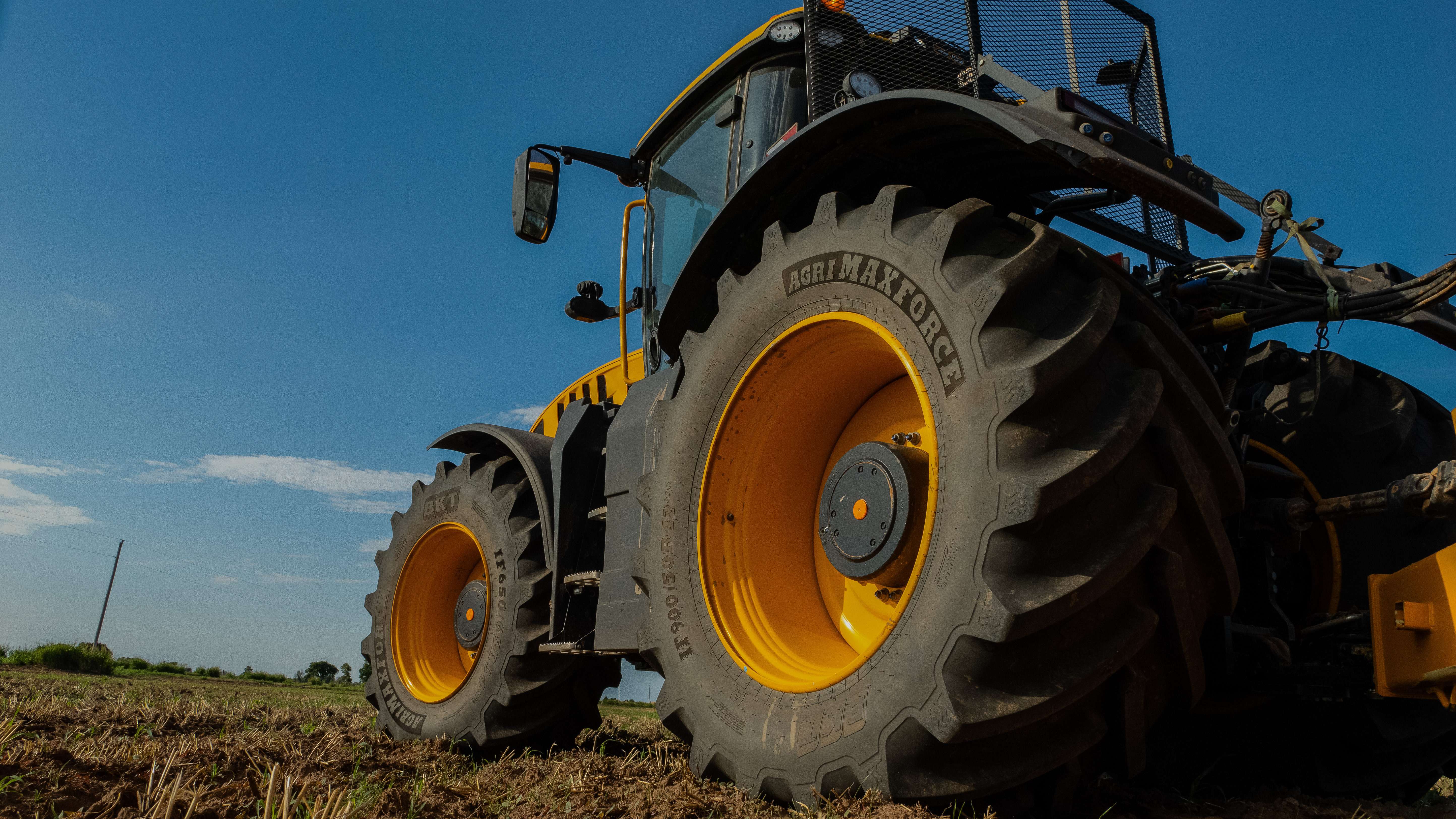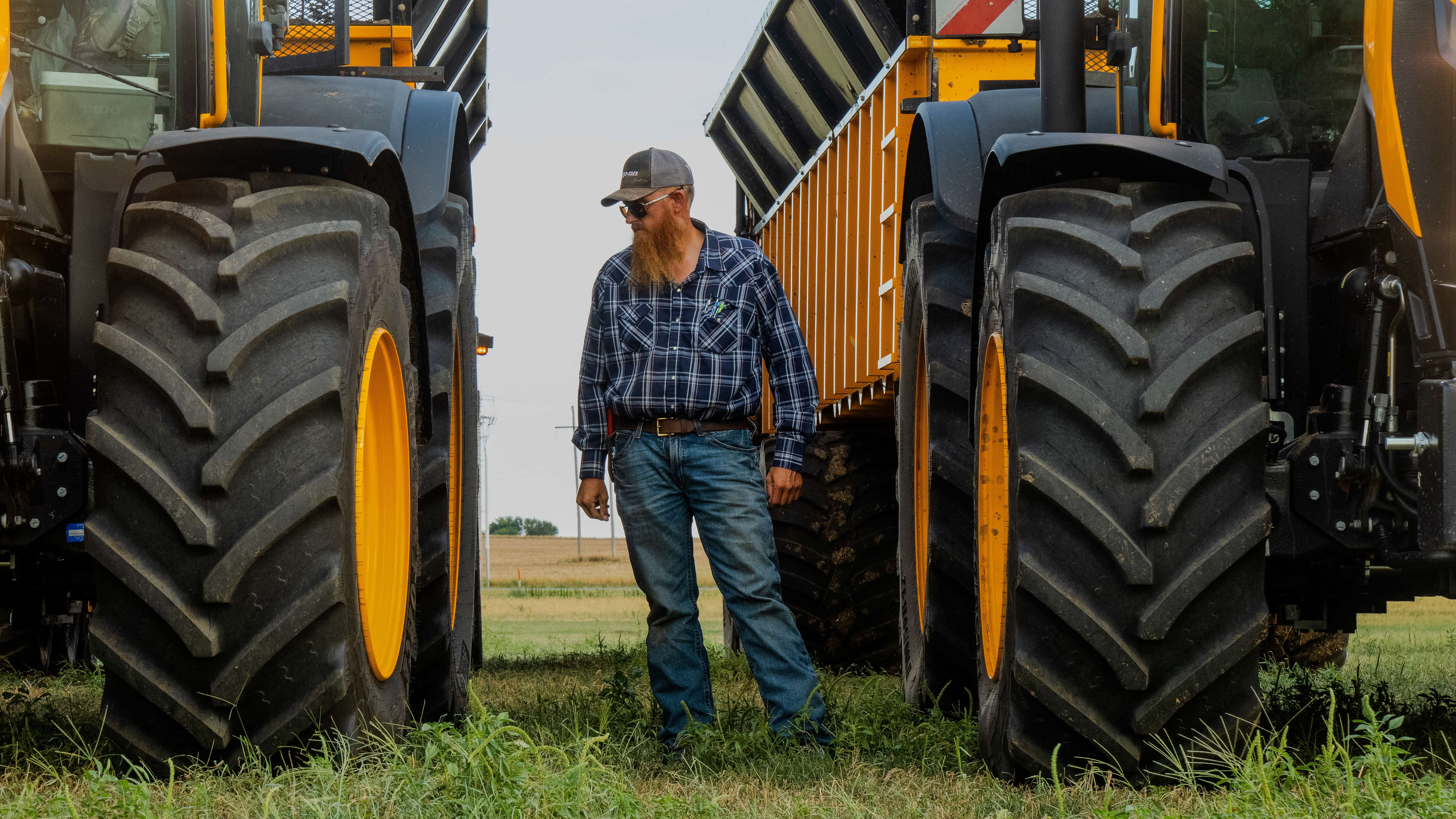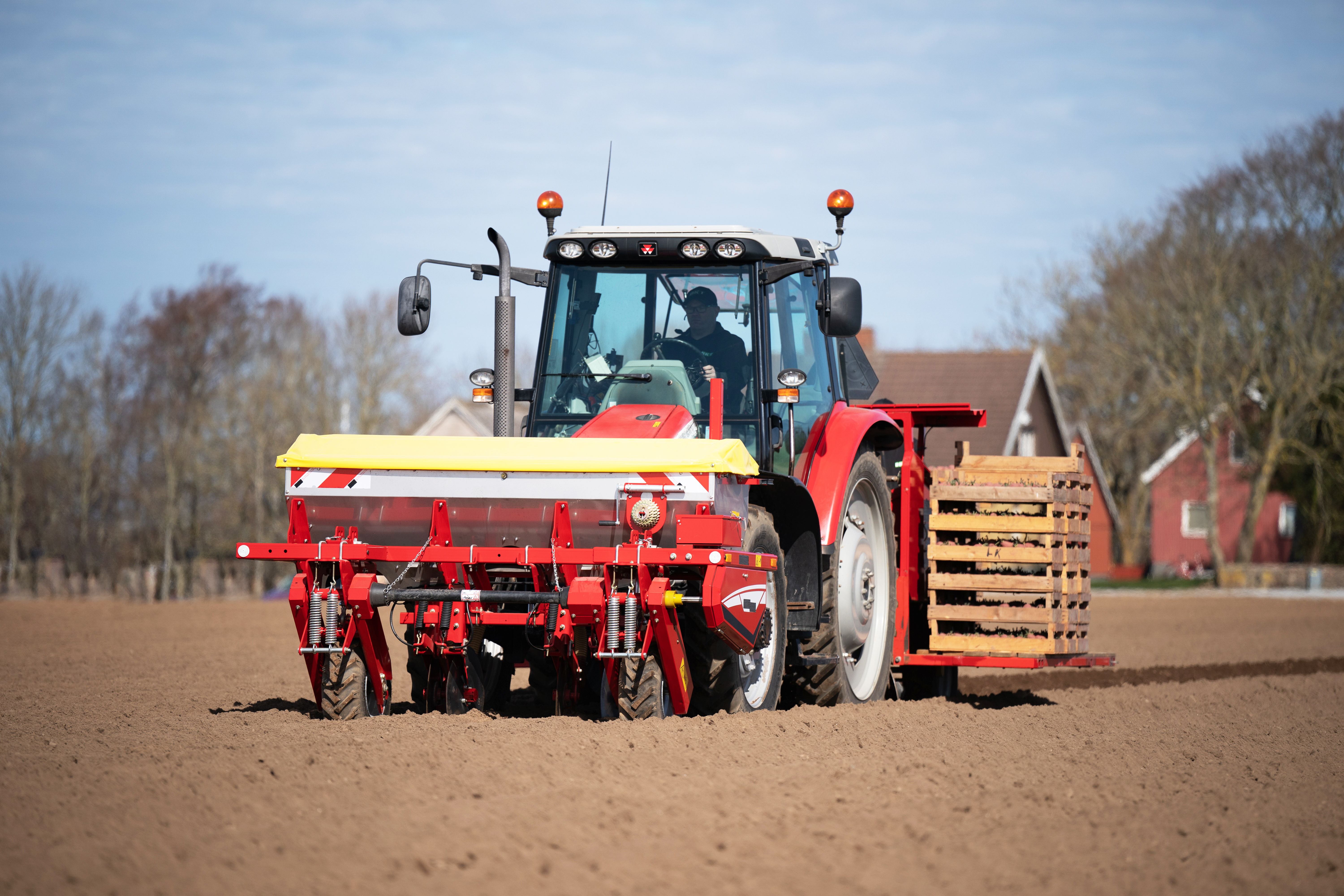

Data can be submitted either individually or in bulk. Agea has outlined two main submission options.
The first uses a tool inside the Sian portal, which lets users input the various activities for the plots declared in the PCG. This method is open to anyone authorized to manage the farm file, including farmers themselves. The tool features a user-friendly form where you can record all the legally required information for the different activities carried out across the farm's plots.
The second option is bulk data upload. Many farms already use digital management tools to keep their records. With this method, users can directly transfer data from these management tools into the administration’s systems, using services provided for downloading PCG plot information and submitting activity data. At the moment, this bulk upload feature is available to Coordinated Agricultural Assistance Centers (Caa), who can use their management software to meet the new requirements. For now, only the legally required information must be submitted.
However, the system is set up to also collect extra data that could be used by Regional Authorities to check compliance with commitments under various CSR (Complementary Rural Development) measures tied to the CAP Strategic Plans. This is especially important for Climate-Environment Actions (ACA), where farmers can receive payments for adopting sustainable practices that help protect biodiversity and reduce environmental impact. Submission deadlines haven’t been finalized yet, but it’s likely there will be several windows throughout the year to send in the data.

So why has such a detailed digital system been introduced? It all comes down to a European Commission requirement: by 2026, agricultural data collection must be fully digital. Crop events, plant protection treatments, and fertilizations will need to be digitally recorded and transmitted promptly. That’s why Agea has fast-tracked the development of a digital farm file system, which is still being finalized. At heart, this is a bureaucratic change that could actually work in farmers’ favor by ensuring transparency and fair competition. Farmers themselves have long asked for clear, reliable rules to prevent unfair competition and guarantee fair access to CAP funds. Inspections, now supported by satellite imagery and artificial intelligence, aim to reduce the number of field checks while keeping the margin of error below 2%. However, the financial penalties imposed on Italy between 2020 and 2024 - totaling €378 million - show that there’s still work to do on verification systems. Integrating digitalization into the farm file could drastically cut these risks, protecting both farmers and taxpayers.
From 2026, keeping a Digital Activity Log will be mandatory for all farms, whether or not they participate in the CAP. Providing data digitally and ahead of time will allow farms to avoid on-field inspections based on the "plausibility check" system. Agea has also introduced incentives for farms participating in the 2025 testing phase: those who consistently and correctly submit their data could benefit from a permanent exemption from certain inspections. The launch of the Digital Activity Log marks a decisive move toward a more modern, efficient, and transparent agricultural sector. While the adjustment period may be challenging, the advantages - from simpler processes to easier access to funding and fewer inspections - will make this tool a must-have for the future. What’s next? Stay tuned with us for the latest updates and deep dives into the world of agriculture!






